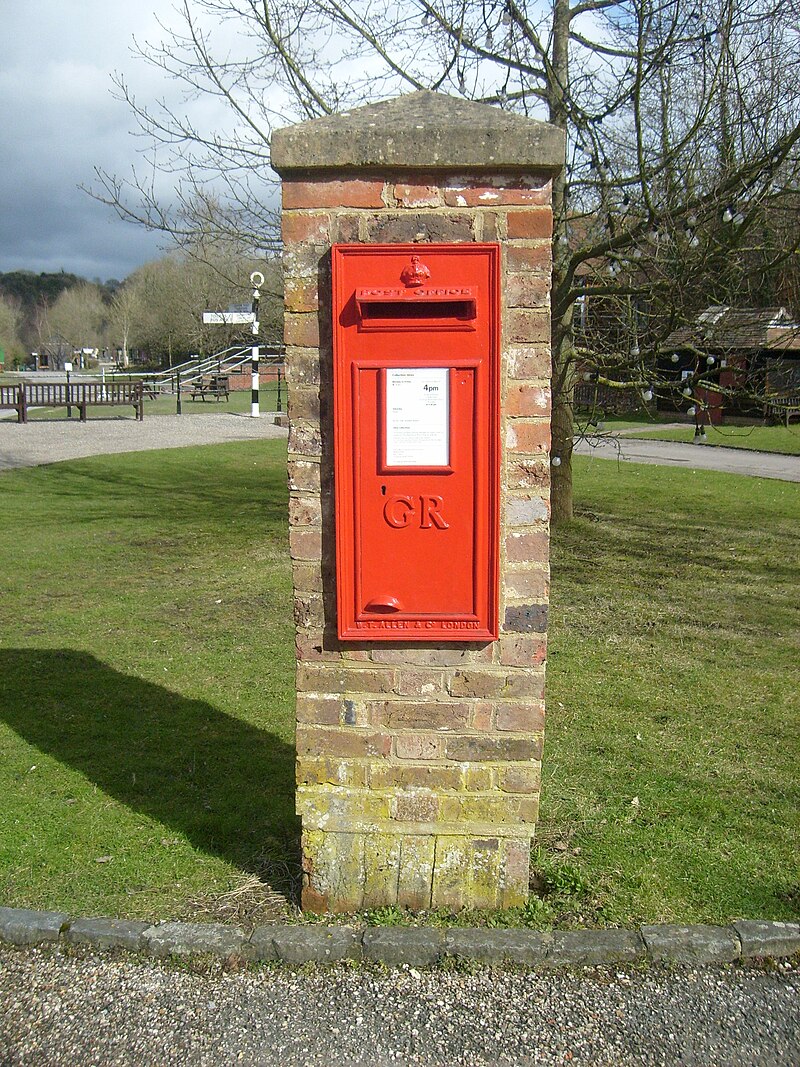Introduction
A letter box, commonly known as a mailbox in most parts of the world, has been the symbol of communication and interconnectivity for decades. As one of the earliest methods to dispatch information, the letter box has actually been dramatically transformed through history from its birth through to the letter box that is used nowadays. This paper discusses the origin and development, designs, types, cultural values attached, as well as new innovations on mailboxes around the world, further enlightening people on the role that mailboxes play in our daily lives and the new changes associated with communication.
History Background
Early Early Background
The letter box idea, however, has been with the human race for hundreds of years. Perhaps the earliest known use of postal services was by the Persian Empire when, around 550 BC, a courier system was put into place to carry the word. It was under the Roman Empire that organized postal service started to begin. The Romans used wooden boxes called “capsae” for the purpose of delivering and collecting messages. These boxes were scattered all about in known places where citizens could drop letters for safe keeping.
The Changing with the Ages
As the Roman Empire declined in Europe, so did postal systems, although the idea of letter boxes survived. Handwritten letters were delivered by messengers during the Middle Ages and traveled a long way to reach recipients. The need for more efficient ways of communication led to increased literacy in the Renaissance, and hence formalized postal systems popped up in various countries.
The first specific letter boxes were discovered during the 17th century. Usually, this was a box made from wood or metal, designed for the public place where people could place their letters within it. In the 19th century, official post services were started in England – and that was when the renowned red letter box came into the world.
Types of Letter Boxes
Traditional Letter Boxes
Letter boxes come in many shapes, materials, and sizes and are based on the architectural designs of the surroundings. Some common aspects include:
Wall mount boxes: Mounted onto building walls; most of them are found in residential areas.
Freestanding boxes: They are generally located along streets or at every entrance to buildings and tend to be more accessible to the public.
Letters Box Design Changes: Depending on your locality, a letters box can be designed differently for example, the UK has the red while the US has green letters boxes.
Modern Letters Boxes
Letters boxes have evolved with time as it accommodates delivery in this world of technology and traditional letters. Some examples of modern adaptations include:
Smart Mailboxes: Such come equipped with technology to alert the user when mail has arrived. They also come with features of increased security and convenience.
Parcel Drop Boxes: These boxes are helpful in taking in bulkier shipments, which is pretty common with the rise of online trade.
Community Mail Centers: In some specific local geographies, there are community mail centers for multiple houses. This is very convenient for people who collect their mails.
Design and Aesthetics
The usability and the people’s view of a letter box can be highly influenced by its design. There are several considerations in the designing of a letter box:
Functionality
The letter box provides, first and foremost, the locking and mailing of a post. Design would reflect on the following factors when directed to serve such a purpose:
This product would enable secure collection and delivery of mail. This translates that designs should take into account all the following:
Security Features: Locks and tamper-proof materials to ensure what’s inside is safe from theft.
Accessibility: People should be able to comfortably put deposits, for instance, and retrieve their mail irrespective of age or abilities
Capacity: Sufficient spaces to accommodate different types of mail, in this case, letters, packages, or documents.
Aesthetic Considerations
Apart from functionality, letter boxes also form visual elements in their surroundings. Designers may ponder over the following:
Colour and Finish: Bright colors such as the famous red in British letter boxes attract lots of attention, while dull tones would simply mingle with their environment.
Cultural Symbolism: Sometimes, letter boxes take on some meaning or historical value in other cultures.
Artistic Features Letter boxes can be made more attractive by unique shapes, patterns, or embellishments, thereby showcasing local artistry.
Cultural Significance
Mailboxes Everywhere
A mailbox is an aesthetic product carrying cultural meaning in most societies. Here are some examples:
United States: The blue mailbox of the country gets identified by color and style- the defining features of the USPS. The version has not really changed for centuries, and hence has become synonymous with trust and reliability.
United Kingdom: The red postbox was designed by Sir Edward Johnston in 1924 and was a Victorian model; the image has come to be respected as a national symbol. Typically, these boxes sport the initials of the reigning monarch to signify the king or queen’s acceptance of it.
Japan: Japanese letter boxes seem pretty technologically advanced, showing the advancement of the country. In some places, the letter box is even shaped like an animal or a popular culture personage.
Emotional Connections
Letters have much to do with nostalgia and connectivity. For most people, receiving or sending letters brings important memories in life-the chain of love letters for lovers, holiday greetings on specific days of the year, and good and bad news of different aspects that has occurred in the world. Checking the letter box is exciting as it forms a connection to the outer world.
The Digital Age and Letter Boxes
Challenges and Adjustments
Letter boxes are becoming obsolescent, as people are almost entirely shifting to digital modes of communication. Now, with emails, instant messaging, and social media, the landscape of communication is much changed.
As a consequence there have been:
Falling Volumes in Mail Service: Traditional mail volumes are decreasing, sending out alarm bells on the future for letter boxes.
Technological Innovations: The post office can still be very relevant by introducing new services like hybrid mail-a combination of digital mail and physical mail delivery, better track features, and the integration of smart technology.
Future of Letter Boxes
There are many bad habits that the post has developed but the letter boxes keep on changing. Much excitement awaits them in their future:
Integration of Smart Home Technology: An innovation that will make the user receive a notification when his mail has arrived on his devices.
Advanced Safety Features: Biometric locks or face recognition to deny unauthorized access.
Eco-friendly Designs: Sustainable material and energy-efficient technologies will likely become normative for the letter box.
Conclusion
A letter box is more than a container for mail; it is a repository of communication history, culture, and technological growth. The evolution in society will change the design and functions to suit better in the digital realm, keeping letter boxes necessary. Letter boxes will remain part of the history-steeped traditional designs while keeping up with the par excellence which comes from state-of-the-art innovation for improving convenience and security.
The letter box still remains a friend in disguise: it is that great charm at which one looks long, taking its practicality in stride, sipping and sharing with the present while bridging the past to the demands of the future.




